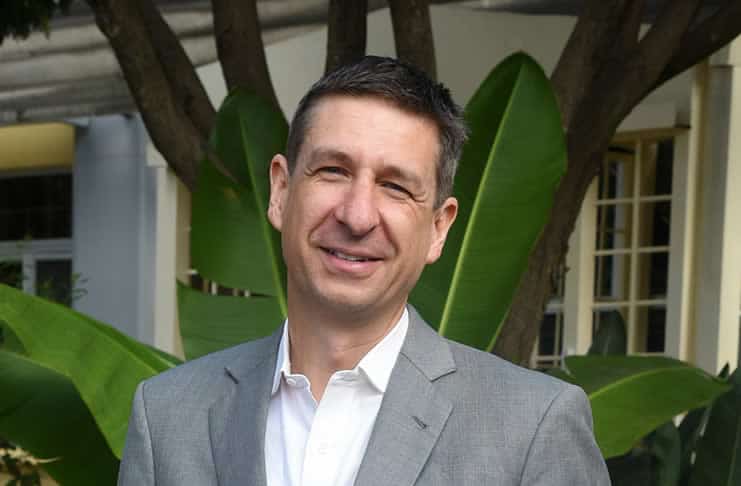We’ve all heard horror stories about dad or mom trying to assemble something like a ten speed bike on Christmas Eve for the child and the frustration, mayhem and even unintentional comedy which resulted. The words “some assembly required”, are feared by most parents with good reason.
The “buyer’s high” feeling can quickly be replaced by frustration when things don’t go as planned initially. Take for example installing something such as a Windows operating system. You’ve got a lot of expectations and high hopes for what it can do, but first you have to install it and that can make assembling a kid’s bike on Christmas Eve seem like a walk in the park by comparison.
Lessons from watching people in action
In fact, the installation experience was such a problem that years ago, Microsoft set out to improve the experience by (of all things) hiring an anthropologist to observe and monitor humans installing Windows. They wanted to know what worked and what didn’t and what the main pain points of the process were.
So, the anthropologist (Anne Kirah) and her team set up their duck blinds in homes where people were attempting to install the OS and watched what happened. This resulted in (arguably) a much better process for installing Microsoft operating systems and other products.
Microsoft realized that the important thing was to focus not on what their product could do (or was supposed to do), but what people were doing with it. As well, they didn’t make the smug assumption that people were stupid and just not doing it they way they were supposed to. They recognized something wasn’t working, formulated a plan to analyze it, observed and recorded data and then used that data to improve the product experience.
[blockquote author=”Jim Ducharme”]If you are just getting into social media and find the scene intimidating or even overwhelming, focus first on using social media to get an idea of what people are saying about you[/blockquote]Social media monitoring as ‘listening’ to the action
Of course, this work happened before social media and social networks such as Twitter came along. Now, you have a virtual duck blind right on your desktop with a panoramic world view of current and potential customers. Social media is an extremely powerful tool for improving the customer experience by monitoring the brand conversations taking place: social media monitoring.
Social media is NOT just about distributing your marketing message. I frankly don’t think any digital media channel is solely about that. From email to Facebook, it’s as much about listening as it is about talking.
You may be able to walk and chew gum at the same time, but you can’t talk and listen effectively all at once. I believe a primary focus should be on using social to monitor the brand conversations going on and then using that information to optimize the customer experience at every level.
I certainly do encourage marketers to join the conversation and engage customers and critics alike. However, if you are just getting into social media and find the scene intimidating or even overwhelming, focus first on using social media to get an idea of what people are saying about you. Even if you happen to be fearless, the first thing you should do is find where people are talking about you and listen.
While you’re getting all that good feedback, you are learning how to use the software (such as Tweetdeck, Hootsuite or even Google alerts), figuring out the dos and don’ts and learning the lingo. So, even in the initial learning/introduction stage you are being productive.
Of course, to really leverage this information you have to have an internal corporate structure that encourages information dissemination. If you don’t, then you’ll have to tear down the silos and open the bottle necks if you hope to get something out of social media.
So, get out there and set up that virtual duck blind and start listening to the conversation! If you’re able to gather helpful information from social media and distribute it within your organization, that’s going to go a long way in demonstrating its value and gaining supporters.
[blockquote author=”Jim Ducharme”]Even if you happen to be fearless, the first thing you should do is find where people are talking about you and listen.[/blockquote]







